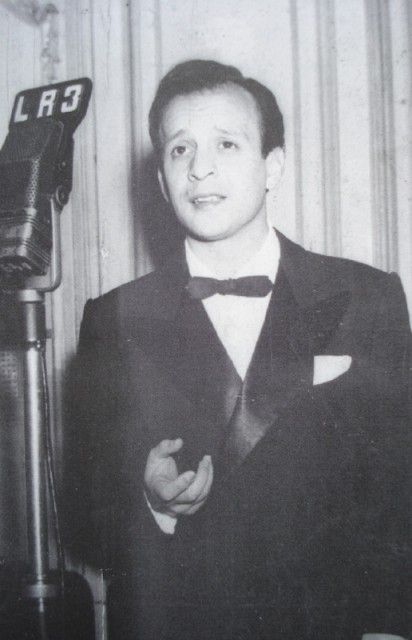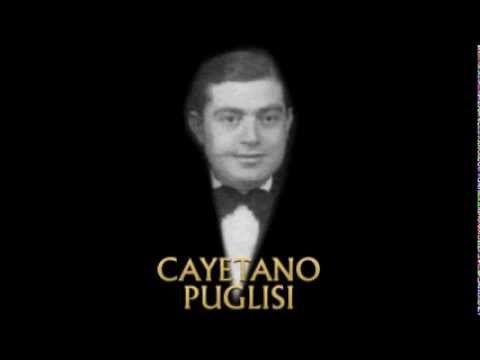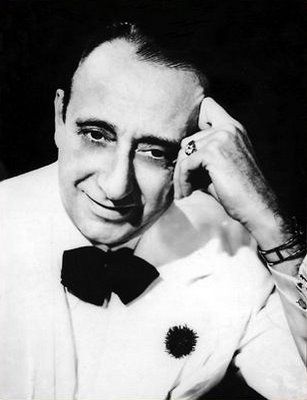“La Trilla” by Carlos Di Sarli y su Orquesta Típica, 1940.
 Carlos Di Sarli: El Señor del Tango
Carlos Di Sarli: El Señor del Tango
Pianist, leader and composer
(7 January 1903 – 12 January 1960)
He, as nobody else, knew how to combine the rhythmic cadence of tango with a harmonic structure, apparently simple, but full of nuances and subtleties.
He was not enrolled for any of the two streams of his time. His was neither a traditional orchestra, styled after Roberto Firpo or Francisco Canaro nor a follower of the De Caro renewal.
Di Sarli imposed a seal of his own; a different musical profile, which remained, unaltered throughout his prolonged career.
In the beginning, his sextet reveals us the influence of Osvaldo Fresedo. And certainly, I think there would have never been a Di Sarli had not existed a Fresedo. But, only as necessary forerunner of a style that, with time, would become a pure model with its own and differentiated nature.
He was a talented pianist, maybe one of the most important, who conducted his orchestra from his instrument, with which he mastered the synchrony and the performance of the outfit.
In his orchestral scheme there were not instrumental solos, the bandoneon section sang at times the melody, but it had an essentially rhythmic and danceable role. Only the violin was showcased in an extremely delicate way, on a brief solo or on a counter melody. Continue reading.
Listen and buy:
 |
 |








